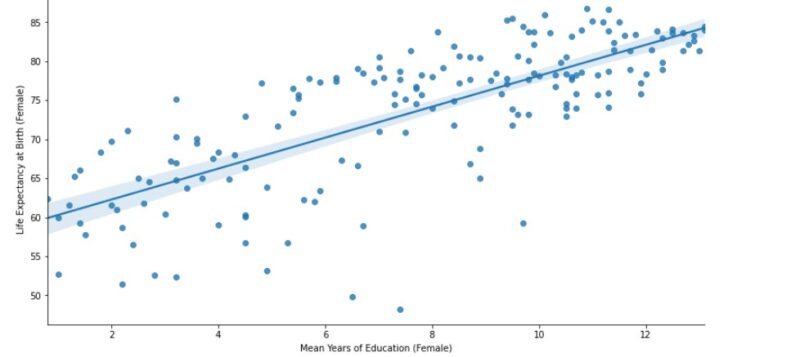Sociology Department Goals Addressed by This Course:
I. Critical thinking skills by becoming familiar with the scientific methods by which sociologists investigate the organizational structure and dynamics of society.
Learning Objectives of This Course:
By the end of the semester, students will be able to:
A. Use critical thinking skills in data analysis with data from their major field;
B. Understand the role of visualization in the analysis of data, particularly in finding relationships in very large or complex data sets;
C. Understand how statistical inference and data visualization complement one another;
D. Learn to use Python for data analysis;
E. Understand different types of data, including the basic steps of maintaining a data set;
F. Understand the ethics of data visualization and data analytics;
Learning Outcomes of This Course:
1. Understand and appreciate the context of and purposes for data analysis and visualization in real world settings
2. Develop professional skills related to data analytics
3. Create a portfolio of relevant data visualization activities that could be used for applying for internships or employment
Method of Evaluation:
The best way to learn statistics is to do analysis. As we learn to code, we will investigate the logic of analysis that guides a particular statistical tool.
You will be evaluated on the basis of assignments attached to each lesson. These assignments include writing code and interpreting the results of quantitative analysis as well as discussing the context of the data and the analysis.
Students will demonstrate that they are meeting the course learning objectives by:
I. Attending class and participating in the discussions and activities;
II. Participating in weekly assignments that cumulatively build data analytics skill sets;
III. Completing the an analysis of real-world data relating to a question of your choosing.


